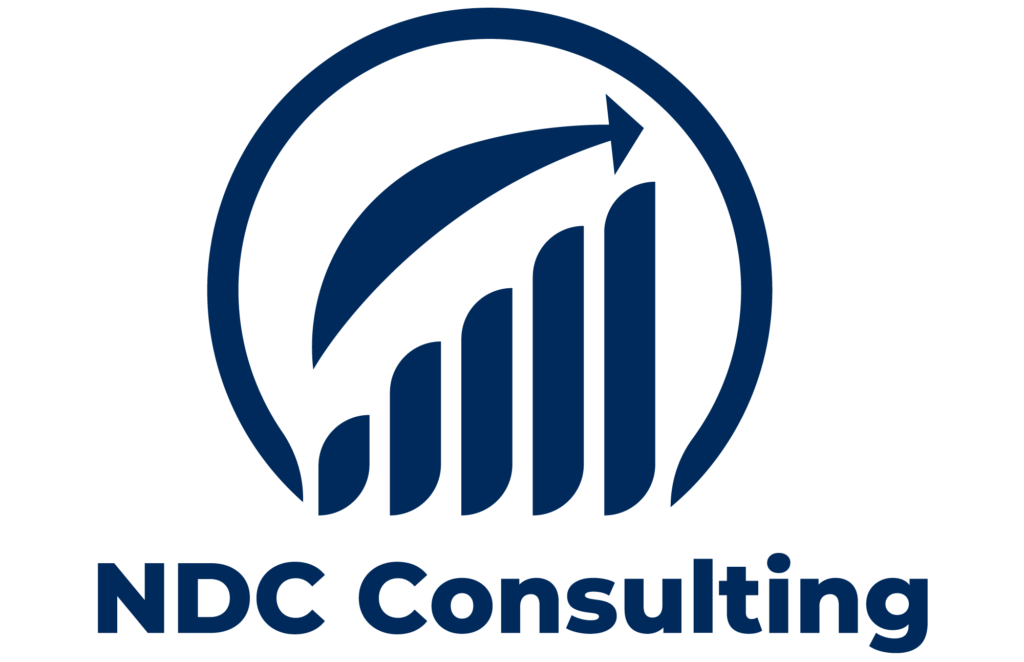
With the constant threat of data breaches and cyber attacks, Service Organization Control (SOC) 2 audits are just one of healthcare’s many realities. Hospitals and patients who use your company’s products or services want to be confident that their protected health information (PHI) is secure. To this end, a SOC 2 report can help you communicate your commitment to cybersecurity and patient safety. To protect your organization’s reputation and grasp the benefits of a SOC 2 report, you’ll need to know what is required for SOC compliance.
Why Does My Business Need to Know About SOC 2 Audit Requirements?
You might be wondering: “What is SOC 2 compliance, and why does my business need it?” SOC 2 is not a mandatory requirement for third-party vendors, like the Health Insurance Portability and Accountability Act (HIPAA). However, SOC 2 audit criteria include Trust Services Categories (TSCs), which cover best practices for processing, maintaining, exchanging, and storing PHI and other consumer data. SOC 2 certification demonstrates your company’s dedication to the highest standards in healthcare cybersecurity and patient privacy.
There are two kinds of SOC 2 controls:
- A Type 1 audit assesses how successfully you created and implemented your security measures. The final report of this audit will take several weeks to come.
- A Type 2 audit typically lasts three to twelve months and evaluates whether the controls perform as intended.
Whether your firm has a Type 1 or 2 audit, your report will indicate your adherence to the following PHI protection standards:
- Availability: Ensuring that the systems are functioning when users need them and minimizing interruptions and downtimes.
- Confidentiality: Keeping PHI and other sensitive information safe from data breaches and assaults.
- Integrity: Ensuring that the system functions properly and that it is timely, accurate, and legitimate.
- Privacy: Following comprehensive policies for storing, disposing, and sharing PHI to safeguard patient and client privacy.
- Security: To prevent unauthorized access to sensitive data, use password protection, encryption, and other security controls.
Rely on SOC 2 Readiness Software
Although SOC 2 is not a federal requirement, more businesses are being asked for a SOC 2 audit report to demonstrate their compliance with privacy and security standards. Adherence to these standards is a great step towards retaining the trust of your consumers, business partners, and stakeholders.
As you prepare for your SOC 2 audit, keep in mind that SOC 2 criteria have become more stringent in recent years. Prepare for detailed examinations of storage and backup systems, as well as evaluations of privacy measures such as data encryption and access controls. Expect to provide extensive explanations of identified risk areas, as well as your efforts to prioritize risk mitigation resources.
Understanding what is necessary for SOC 2 compliance necessitates diligent record-keeping and continuous monitoring of personnel activity. A thorough software package that automates some tasks can enable you shift your focus to more difficult obligations.

